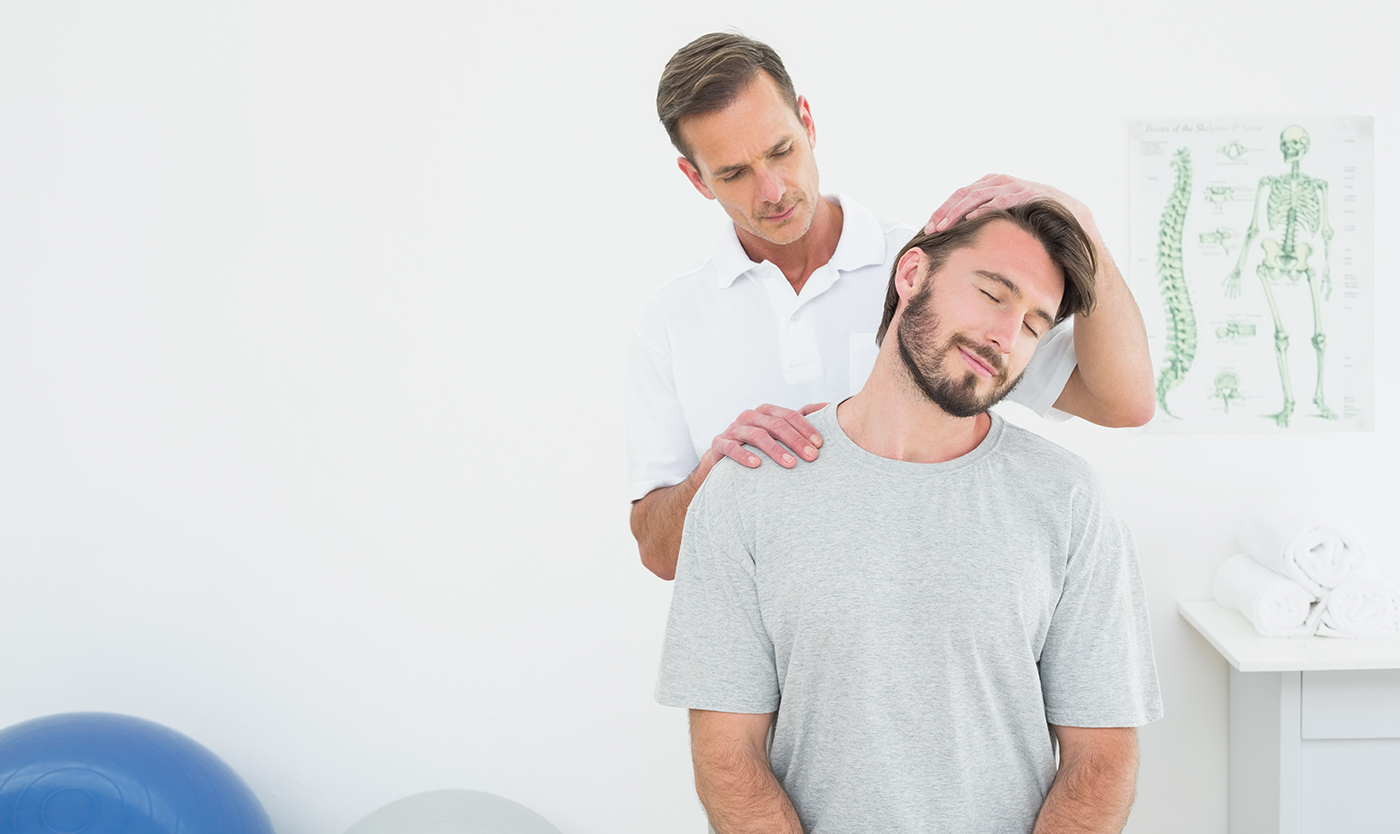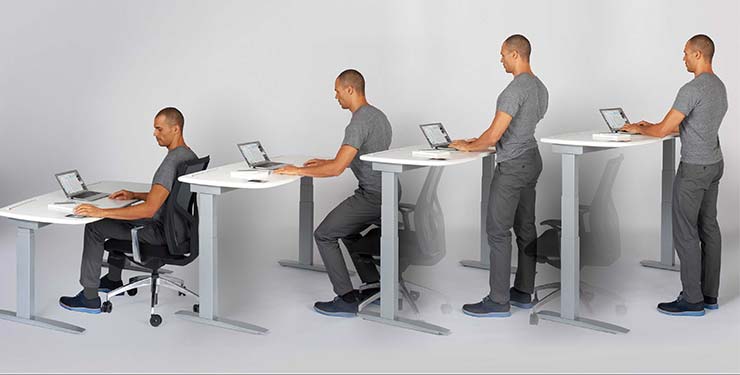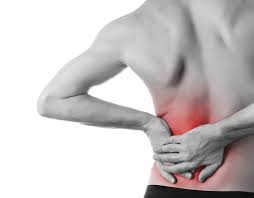Wilmington NC Chiropractor and Sports Injuries
Injuries are an unfortunate part of playing sports and when they occur, it can take weeks, months, and even years to recover from them. Sometimes, even invasive surgeries can be involved. But, what if there was a way to recover more quickly, or, even prevent the injury from occurring in the first place? With chiropractic care, both of these are possible. Here, learn how your chiropractor Wilmington NC can not only help you recover from your sports injuries quicker, but also help you potentially avoid problematic and painful sprains and strains.
How Chiropractic Care Helps Heal Sports Injuries
When it comes to injuries sustained while playing sports, the most common areas afflicted include the back, shoulders, knees, ankles, and elbows. Muscle and tendon tension has a lot to do with the injuries that can occur in these areas. By receiving regular chiropractic treatments, your muscles and tendons will be looser and more relaxed, more flexible, and as a result, less likely to be strained or sprained.
Regular chiropractic treatments are also effective for helping reduce inflammation in the body, such as that caused by tendinosis. Tendinosis is an inflammatory condition that’s brought on by joint abuse. A common example of joint that sees regular abuse is a quarterback’s or pitcher’s shoulder, a runner’s knees, or a tennis player’s elbow. These areas are overworked because of the repetitive nature of the required movements and as such, they can flare up and cause severe pain and disability.
One of the ways chiropractic treatments help improve recovery rates for sports injury patients is that musculoskeletal manipulation forces blood and oxygen back into the injured area so toxins can be removed and healing naturally promoted.
Can Chiropractic Treatments Help Prevent Sports Injuries?
Absolutely! With regular chiropractic treatments, your body will be more relaxed on gameday. By keeping your body loose, you’ll automatically reduce the amount of strain that’s being placed on your muscles during the activity and this will make you more flexible and less likely to suffer from a strain or sprain. Chiropractic care will also ensure your musculoskeletal system is in proper alignment, another key factor in avoiding many common sports injuries.
What Other Types of Sports Injuries Can Your Chiropractor Help With?
Sports injuries aren’t restricted to strains and sprains. Athletes can suffer dislocations, muscle cramps, contusions, stress fractures, and even headaches. Your chiropractor Wilmington NC will be able to find the root cause for your injuries and provide you with non-invasive, holistic pain relief. Your chiropractor is an important part in you being the best you can be on the field, on the court, or on the track.
See Your Chiropractor Wilmington NC Before Your Next Big Game
If you want to give your body its best protection against sports injuries, make an appointment with Southeastern Healthcare’s chiropractor today. Call us at 910-790-3666. We are here for you. Our chiropractic team can help you ensure your body is loose and ready for your next big game. Or, if you’re already dealing with a sports injury, we can help you recover quicker and with the least amount of pain possible. With six locations throughout the Wilmington area, we have an office conveniently close to you.


 Have you ever felt an uncomfortable tingling sensation in your arm after performing the same motion for an extended period of time? Maybe it was after spending a day typing at your computer or raking leaves. This sensation may be caused by nerve entrapment syndrome, a common condition that is sometimes referred to as either a “trapped nerve” or a “pinched nerve”.
Have you ever felt an uncomfortable tingling sensation in your arm after performing the same motion for an extended period of time? Maybe it was after spending a day typing at your computer or raking leaves. This sensation may be caused by nerve entrapment syndrome, a common condition that is sometimes referred to as either a “trapped nerve” or a “pinched nerve”. 

 Over the years, chiropractic physicians have developed hundreds of techniques designed to reduce pain and improve function in the body’s musculoskeletal system—particularly in the back and neck. Some of these techniques are manual and some require the use of instruments or machines, but they all involve the application of some type of directed force. Those that use more force or pressure are typically referred to as “manipulation”, while the more gentle types are referred to as “mobilization”.
Over the years, chiropractic physicians have developed hundreds of techniques designed to reduce pain and improve function in the body’s musculoskeletal system—particularly in the back and neck. Some of these techniques are manual and some require the use of instruments or machines, but they all involve the application of some type of directed force. Those that use more force or pressure are typically referred to as “manipulation”, while the more gentle types are referred to as “mobilization”.



 For millions of office workers, freelancers, call center agents, and other professionals that spend the majority of their workday sitting in a chair, neck and back pain can be a part of everyday life. In fact, work-related musculoskeletal disorders (WRMSDs) are among the most common causes of occupational injuries and disability. Every year in the United States alone, WRMSDs account for more than a third of all work-related injuries, causing workers to miss more than 647,000 days of work. Also, they account for as much as $60 billion in workman’s compensation claims. But, a lot of these injuries and illnesses can be avoided simply by implementing good workplace ergonomics and by seeing a reputable chiropractor for back pain Wilmington NC regularly. Here, we discuss more about workplace ergonomics and its importance.
For millions of office workers, freelancers, call center agents, and other professionals that spend the majority of their workday sitting in a chair, neck and back pain can be a part of everyday life. In fact, work-related musculoskeletal disorders (WRMSDs) are among the most common causes of occupational injuries and disability. Every year in the United States alone, WRMSDs account for more than a third of all work-related injuries, causing workers to miss more than 647,000 days of work. Also, they account for as much as $60 billion in workman’s compensation claims. But, a lot of these injuries and illnesses can be avoided simply by implementing good workplace ergonomics and by seeing a reputable chiropractor for back pain Wilmington NC regularly. Here, we discuss more about workplace ergonomics and its importance. Whether you’re an Apple fan, an Android lover or a hardcore Microsoft user, there’s no denying the popularity of tablet computers. The numbers speak for themselves—technology market analysts estimate that over 200 million of them are sold in the US each year. Even if you don’t follow the latest tech trends, you know that mobile devices—principally phones and tablets—are a regular feature around town. From coffee shops and supermarkets to airports and train platforms, they seem to be everywhere. Plus a growing number of businesses are beginning to equip their sales and service staff as well as their executive teams with them. They’re even finding their way into hospitals and doctor’s offices!
Whether you’re an Apple fan, an Android lover or a hardcore Microsoft user, there’s no denying the popularity of tablet computers. The numbers speak for themselves—technology market analysts estimate that over 200 million of them are sold in the US each year. Even if you don’t follow the latest tech trends, you know that mobile devices—principally phones and tablets—are a regular feature around town. From coffee shops and supermarkets to airports and train platforms, they seem to be everywhere. Plus a growing number of businesses are beginning to equip their sales and service staff as well as their executive teams with them. They’re even finding their way into hospitals and doctor’s offices!